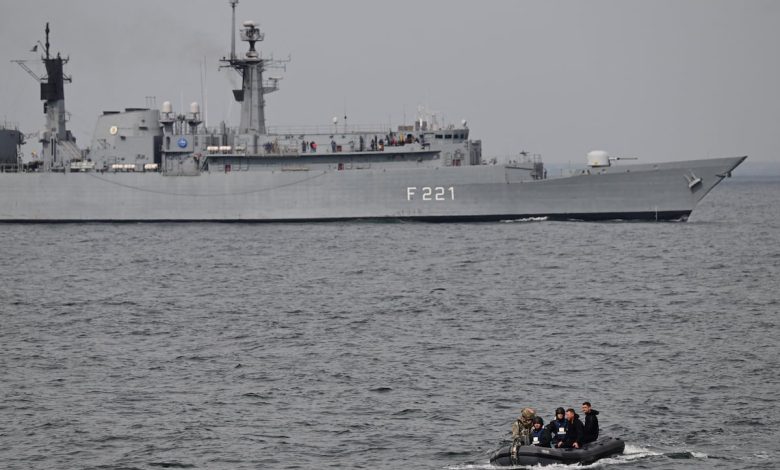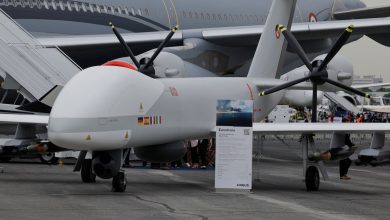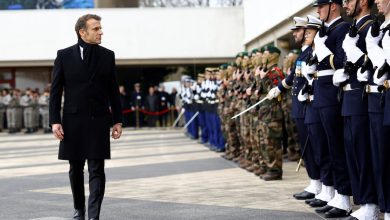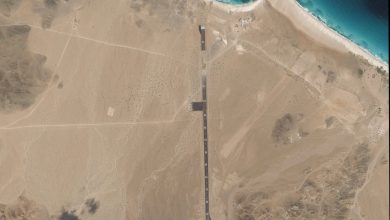NATO drill sends divers, drones to sneak by underwater alarm sensors

MILAN — NATO has tested a series of alliance-made underwater sensors, meant to protect critical infrastructure in the oceans, by sending divers and drones to sneak past them.
The experimentation event took place on Nov. 14 and was co-organized by Allied Special Operations Forces Command, or SOFCOM, and the NATO Centre for Maritime Research and Experimentation (CMRE) in La Spezia, Italy.
The test, held in the context of the first edition of Exercise Bold Machina 2024, consisted of running special forces teams fitted with different equipment, including diving propulsion devices, through detection systems to assess if they would be picked up and provide engineers with insight into signature variations.
Several companies provided a mix of sensors for the drill designed detect a variety of signals in the acoustic, magnetic, passive, and electric realms, officials said. Exercise organizers hooked up the readings to an augmented reality simulator in order to have analysts experience it directly.
RELATED
The biggest challenge when it comes to forces signature management underwater, is the element of uncertainty.
“It’s not knowing if somebody knows, or if you’re being detected. … It is understanding that there is a system that has the capability to detect you, but that you know nothing about it and don’t know exactly what the capability is,” U.S. Navy Capt. Kurt Muhler, SOFCOM maritime development director, told Defense News in an interview.
Muhler noted that the war in Ukraine was a “driving force” behind Bold Machina, given the extent of the damage and destruction done to critical infrastructure by Russian bombardment on land and at sea.
“Russia is attacking Ukrainian infrastructure – why are they doing that? That’s almost a more viable target for them than the Ukrainian military is. … So that gives us some pause and reflection: how vulnerable are we?” he said. “If SOF can play a role in helping and proving this technology, that’s returning value for our nations and NATO.”
SOFCOM’s role is to deter in peacetime and defend in crisis against the alliance’s two main threats: Russia and terrorist organizations, according to NATO’s website.
The rapid proliferation of manned and unmanned underwater systems as well as the higher level of maritime activity have changed the operational landscape at sea, raising the intensity of competition over ocean spaces and introducing new types of threats.
According to Muhler, there is a lot of “political interest” in defending key underwater structures, as in many cases these are not owned or within the boundaries of any single nation, leading to a multinational approach when it comes to their protection.
“That political energy translates to resourcing the scientists, engineers and industry to come up with solutions. That’s the driving force for us to get in the water and have a seat at the table,” he said.
Elisabeth Gosselin-Malo is a Europe correspondent for Defense News. She covers a wide range of topics related to military procurement and international security, and specializes in reporting on the aviation sector. She is based in Milan, Italy.
Read the full article here






